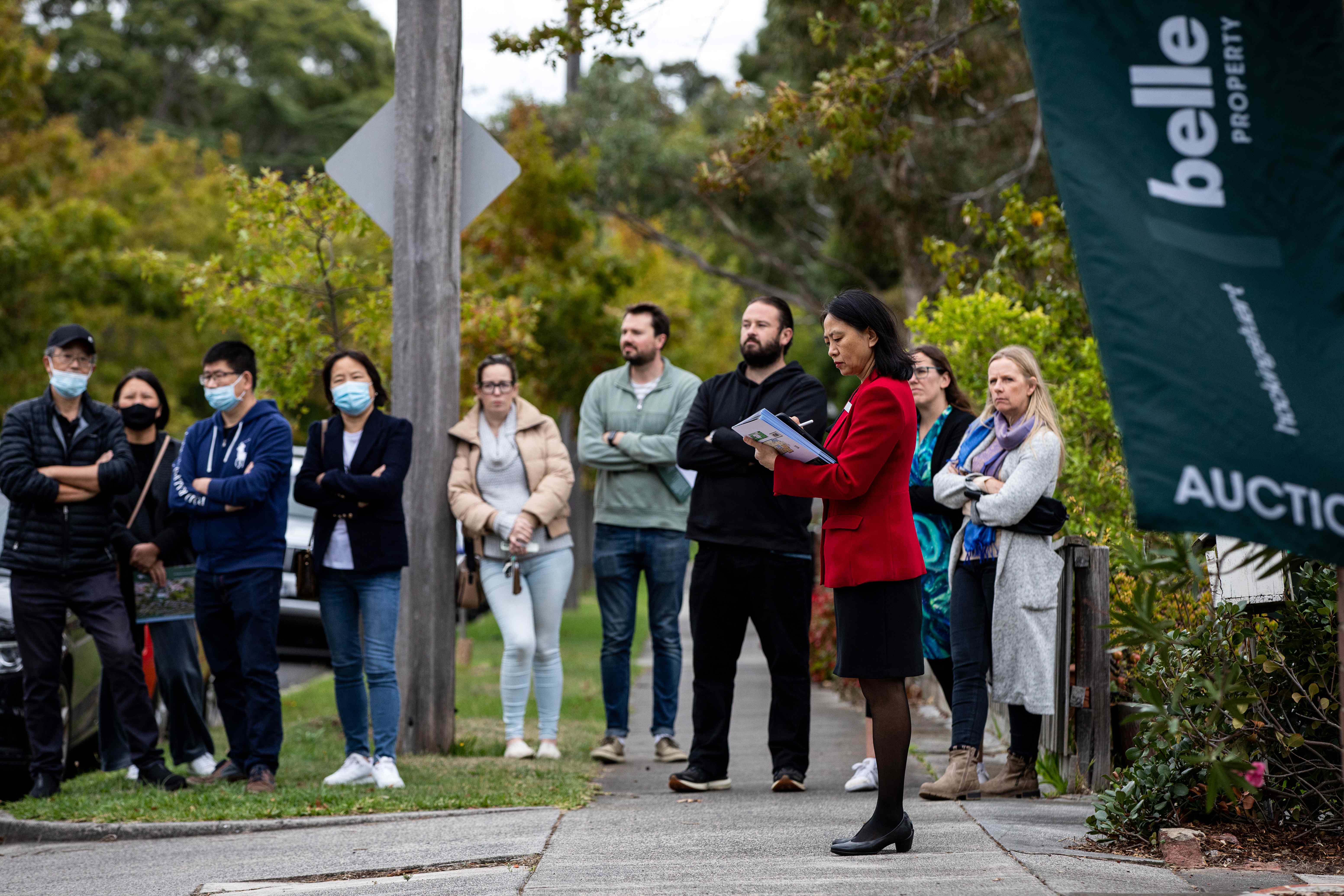Over the past decade, Australia’s conveyancing sector has undergone a technological transformation, taking it from a face-to-face and paper-based profession to one with tech disruption at its core.
To date, this evolution has taken place over two waves, one of which reshaped the conveyancing transaction and the other of which changed the way conveyancers run their businesses.
Now a third wave is upon us, built around emerging technologies like generative AI and automation. And this one could be even more disruptive, potentially even transforming the work of conveyancers themselves.
“Tools such as generative AI could impact all core legal work, including conveyancing,” says Joel Barolsky, Managing Director of Barolsky Advisors and Senior Fellow of the University of Melbourne.
“They have the potential to assist in the drafting of contracts, perform legal research, compare documents and policies and flag non-compliance – all actions currently performed by skilled humans.”
Wave one: Transforming conveyancing work
Any Australian conveyancer who has been in practice for more than a decade will remember well the experience of face-to-face settlements.
“Everyone would arrive at 2 pm on a Friday in the settlement room, with their packs,” says Shakila Mclean, President of the Australia Institute of Conveyancers – Victoria Division. “Then you’d actually take the contract to the State Revenue Office to be stamped for stamp duty. It seems like another world now.”
“It wasn’t that long ago the fax machine was essential for what we do. Now I don’t think a young conveyancer would have ever seen a fax machine.”
That’s because, in the 2010s, the conveyancing transaction was rapidly digitised.
In 2010, Property Exchange Australia (PEXA) was founded as a joint venture between lenders, investors and a Council of Australian governments. When it launched in 2013, Victoria became the first State to adopt e-conveyancing. New South Wales followed in 2014, and by 2019, every state and territory in Australia had made e-conveyancing compulsory for most property transactions.
Today, more than 85% of Australian conveyancing transactions take place online. In early-adopting jurisdictions, such as NSW and Victoria, the figure is much closer to 100%, making Australia’s conveyancing process perhaps the most digitised in the world.
Industry-driven change
“For some reason, people tend to think of the conveyancing industry as traditional and non-technical when the opposite is true,” says Chris Tyler, CEO of the Australian Institute of Conveyancers, NSW Division. “We were really at the forefront of digitisation”.
“The big push to move online wasn’t something that started with governments. It was initiated by the profession itself, which realised it could make property transactions both more efficient and more secure.”
Today, Tyler says that almost every part of the conveyancing process is already digital or is headed that way, with eContracts and eSignatures now beginning to displace traditional signed documents as they become both more secure and more common.
For instance, in April 2020, the NSW government changed the Conveyancing Rules allowing paper land dealings, plans and section 88B instruments to be signed electronically. While the original change was meant to be temporary, the efficiency it brought to property transactions means it remains in force.
“The COVID pandemic gave digitisation a big push along,” Shakila Mclean explains. “We were seeing these trends slowly starting to happen, but it really hit the accelerator.”
Read wave two, the change in customer-driven change.






